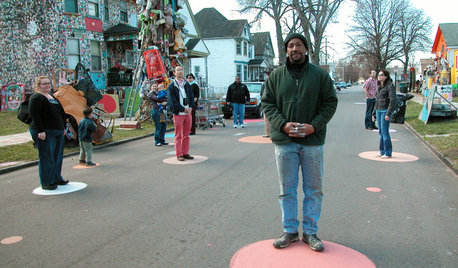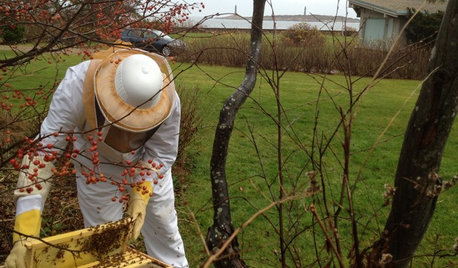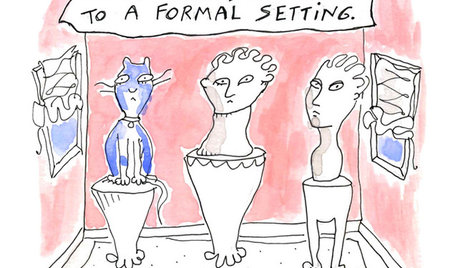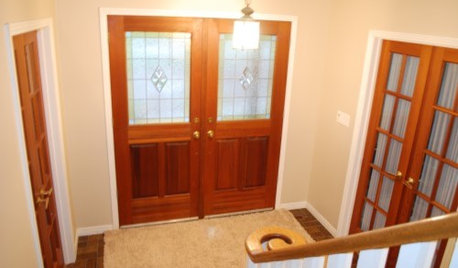Help me save my yard
tjain_seattle
10 years ago
Related Stories

FUN HOUZZDecorated Houses Help Save a Detroit Neighborhood
Art's a start for an inner-city community working to stave off urban blight and kindle a renaissance
Full Story
GARDENING GUIDES8 Unthirsty Plants Help You Save Water in Style
Spend less effort and money on your landscape with drought-tolerant and native plants that liven up your yard
Full Story
LIFEYou Said It: ‘You Can Help Save the Bees’ and More Houzz Quotables
Design advice, inspiration and observations that struck a chord this week
Full Story
SAVING WATER11 Ways to Save Water at Home
Whether you live in a drought-stricken area or just want to help preserve a precious resource, here are things you can do to use less water
Full Story
ORGANIZINGDo It for the Kids! A Few Routines Help a Home Run More Smoothly
Not a Naturally Organized person? These tips can help you tackle the onslaught of papers, meals, laundry — and even help you find your keys
Full Story
HOUSEKEEPINGThree More Magic Words to Help the Housekeeping Get Done
As a follow-up to "How about now?" these three words can help you check more chores off your list
Full Story
MOST POPULAR7 Ways Cats Help You Decorate
Furry felines add to our decor in so many ways. These just scratch the surface
Full Story









dchall_san_antonio
dchall_san_antonio
Related Professionals
Sand Springs Landscape Architects & Landscape Designers · Wareham Landscape Architects & Landscape Designers · Zion Landscape Architects & Landscape Designers · Stoughton Landscape Contractors · Concord Landscape Contractors · Allentown Landscape Contractors · Gainesville Landscape Contractors · Kailua Landscape Contractors · Matteson Landscape Contractors · North Highlands Landscape Contractors · Soddy Daisy Landscape Contractors · St. Louis Landscape Contractors · Forney Swimming Pool Builders · Orangevale Swimming Pool Builders · Stafford Swimming Pool Builderstjain_seattleOriginal Author